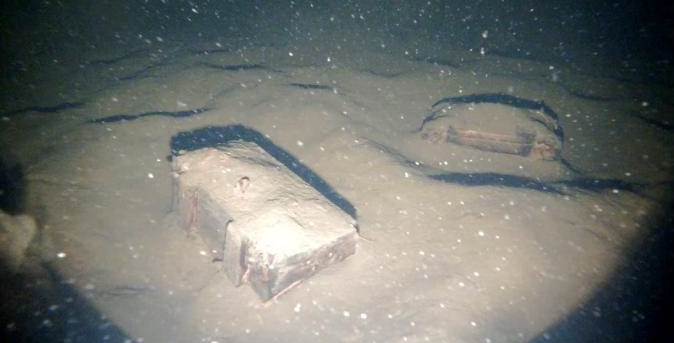A team of Norwegian researchers uncovered a maritime miracle while mapping a massive lake bed last month.
Archaeologists discovered a near-pristine shipwreck they believe to be up to 700 years old at the bottom of Norway’s largest lake, Mjøsa, during a government research mission.
The vessel, which is estimated to date back sometime between the 1300s and 1800s, was found nearly 1,350 feet below the surface, according to a Facebook post from the Norwegian Defence Research Establishment. Underwater images captured the 33-foot long ship in the lake’s depths.
Researchers stumbled upon the site while executing Mission Mjøsa, a government-funded project to map the 140-square mile lake bed. The body of water serves as a source of drinking water to about 100,000 people in the country, according to CNN, but the discovery of unexploded World War II munitions in the lake during previous inspections prompted a more expansive search into the water’s potential health risks.
Egypt “cancels” the Turkish-Libyan memorandum by demarcating sea borders with Libya
Øyvind Ødegård, a maritime archaeologist at the Norwegian University of Science and Technology, told Live Science last month that he was expecting to find some hidden treasures beneath the surface when he signed on to the project, given the lake’s status as a vital trade route since the Viking era.
Read more:



































